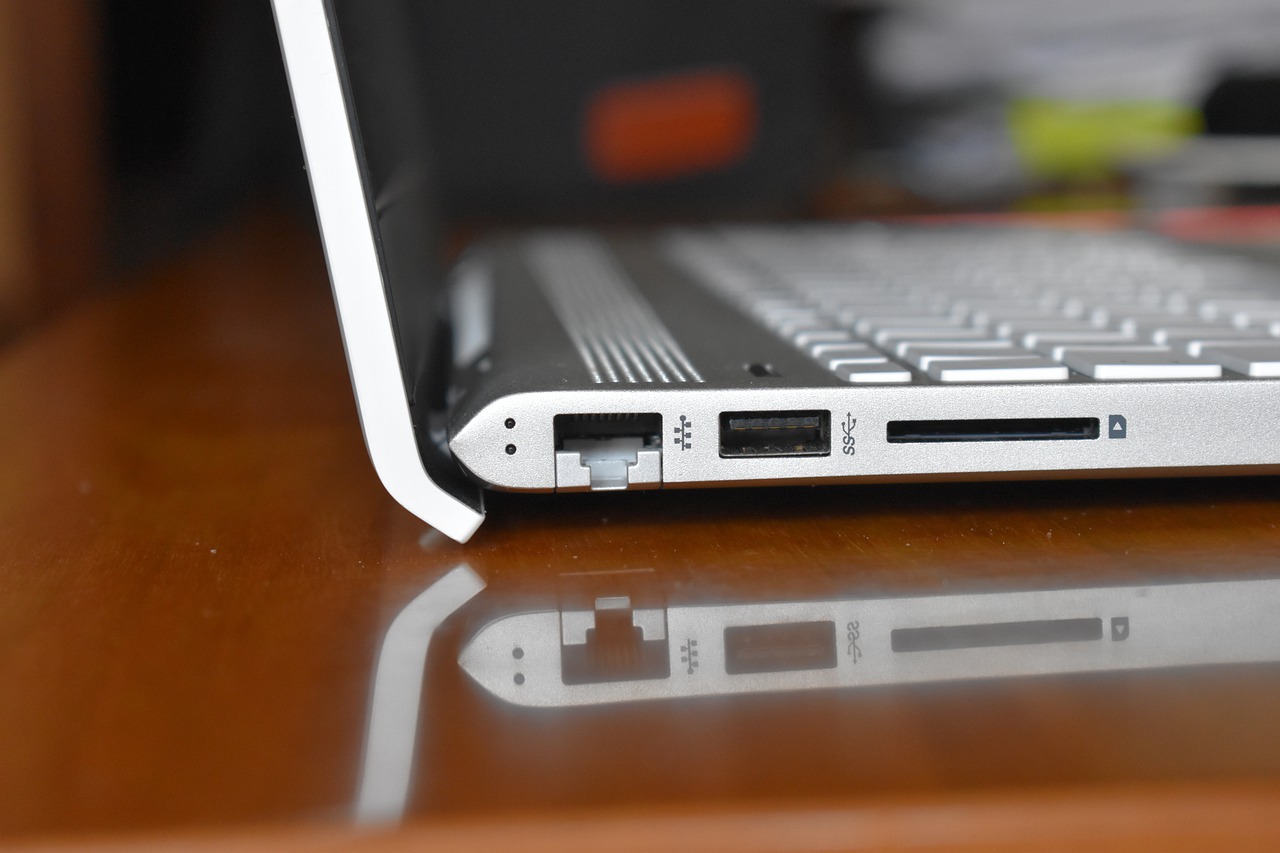How to Foster Frustration-Free Environment for Better Digital Employee Experience
Digital Employee Experience or DEX determines how effectively a user interacts with the technology. The experience of the users has become important after the Covid-19 pandemic when the global workplaces started to go through substantial changes. Digitalization has helped the employees to experience a new working environment. Now, employees are working in remote workplaces so that they can maintain social distancing and protect themselves from the coronavirus. Therefore, to provide ease of working from home and a better digital employee experience, an organization should include effective IT tools. These tools can help you have an end-to-end view of the organization’s productivity and employees’ experience in the working environment. Effective visibility and control over the users’ physical endpoints and experience metrics can help you identify the issues and offer suitable technical support.
How to Improve the Digital Experience of the Employees?
A working environment without issues is the key to making the employees happy and improving their digital experience. The IT professionals should be able to sight what’s going on between VDI and applications and the physical endpoints. In order to get rid of the environmental issues and understand the user experience, the professionals can rely on two methods, such as A. Proactive Synthetic Monitoring, and B. Real-Time Optimization.
- Proactive Synthetic Monitoring:
The proactive Synthetic Monitoring method helps to monitor the accessibility of the web-based and network resources, EUC virtual applications, and the VDI desktops. Apart from getting notifications about the accessibility of the devices, applications, and networking resources, this monitoring method can help you identify the accessibility issues before the users face them. Therefore, using this method, you can make the employees happy and improve their productivity.
- Real-Time Optimization:
When your aim is to improve the digital experience across the physical, cloud, and virtual endpoints in real-time, you should use the real-time optimization method. When certain users experience distinctive issues in their desktops or virtual applications, this optimization method is perfect to fix the issues. An organization needs to monitor the EUC environment in order to collect data regarding real-time metrics. Before the employees’ productivity gets hampered, you can troubleshoot, distinguish, and solve the issues with this method. This real-time examination method is effective in fully viewing the working environment including server, VDI, etc. Therefore, for the development of an effective and frustration-free environment for the users, this method is appropriate.
Why Is Digital Employee Experience Important?
Digital employee experience is important for an organization to have control over different remote workplaces and monitor the work progress of the employees. Thus, an organization can improve its productivity and identify technological issues. As the organization can detect and solve the issues earlier before the users can experience the issues, this makes the working environment very smooth and ensures the happiness and productivity of the employees.
End-User Support:
Efficient end-user support is crucial to help the employees work with complex technologies in the VDI environment. An organization should provide effective help-desk personnel to ensure support through user session shadowing, interactive charts so that the end-users can handle their problems.

